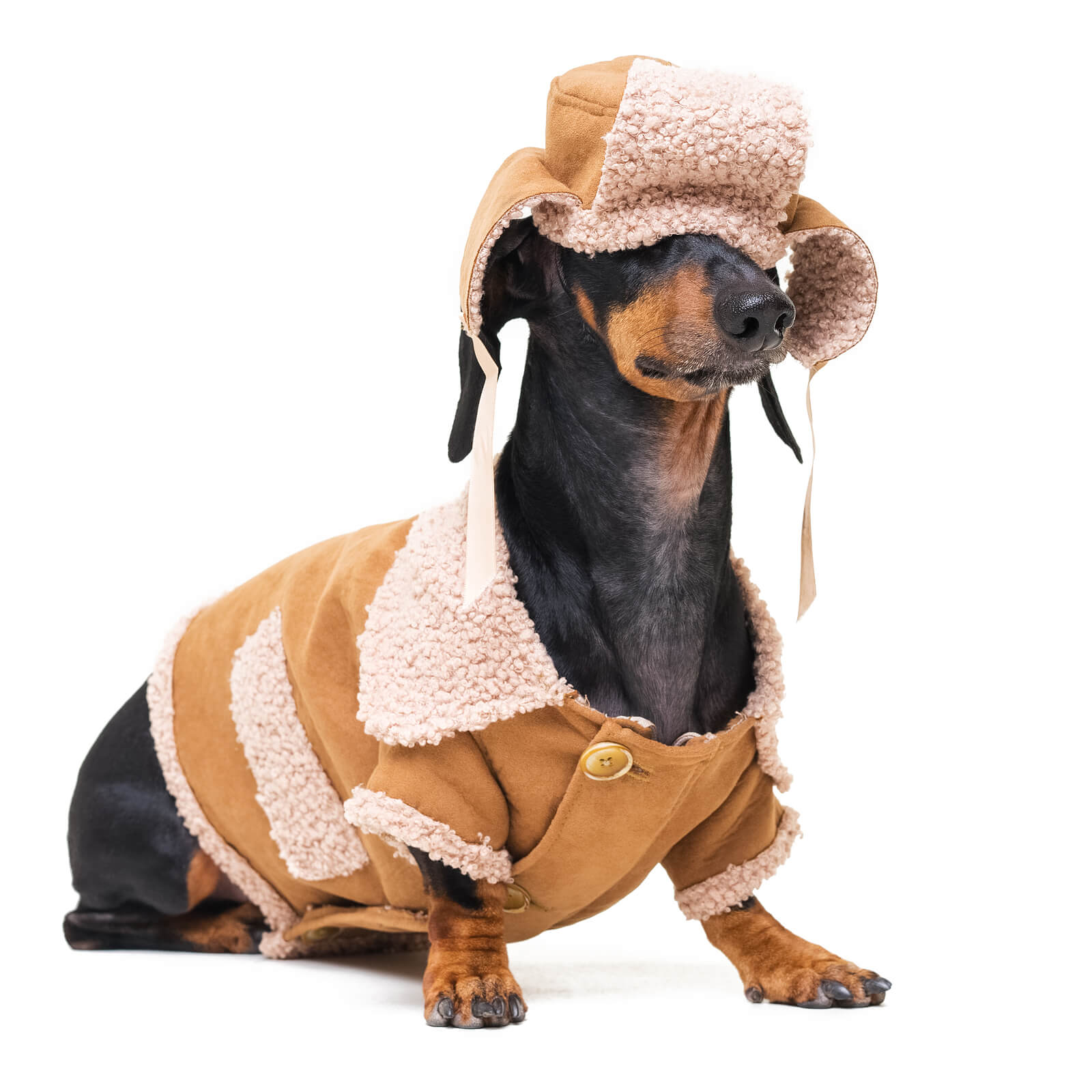When the temperature drops and the wind picks up, it’s not just us humans who feel the chill—many dogs do too. Keeping our four-legged friends warm, safe, and comfortable is just as important as making sure they get their exercise and love. Let’s explore why some breeds need extra protection in winter, which breeds are especially vulnerable, and how to keep your dog cozy and healthy when it’s cold outside.

Why Some Dogs Need Extra Protection
Coat type, size & body fat
Dogs with short coats, minimal under-fur, little body fat or a slim build lose heat much faster than bulkier, thick-furred dogs. For example:
-
Dogs with short, single-layer coats lack the insulation of double-coated breeds.
-
Small dogs have a higher surface-area-to-mass ratio, so they lose heat faster than larger dogs.
-
Dogs with long legs or bodies close to the ground (like a dachshund) may get colder sooner because they’re nearer cold surfaces or snow.
Activity level and time outside
Even a dog with a thicker coat can get chilled if they sit still in the cold for long, or if there is wind, rain or snow. On very cold, windy or wet days, a walk that’s enjoyable for a hardy breed can be tough for a short-coated dog.
Age, health & environment
Puppies, senior dogs, dogs with health issues, lean-built dogs, or dogs living in drafty places may need extra warmth. Indoor vs outdoor time, wind exposure, and whether paws get salt/ice also matter.
Breeds That Often Need Extra Clothing or Protection
Here are some specific breeds (or types of breeds) that owners should pay special attention to when winter comes:
1. Slender, short-coated breeds
These dogs have little insulation, and tend to get cold quickly.
-
Greyhound – very lean, short coat, minimal body fat.
-
Italian Greyhound – like a mini version, even more vulnerable.
-
Whippet – same idea: sleek, short-haired, minimal insulation.
-
Dachshund – short legs, body closer to cold ground, often shorter coat.
Due to size, coat or lack of fur, they often need extra layers.
-
Chihuahua – tiny size + short coat = fast heat loss.
-
Yorkshire Terrier – tiny body, not large-enough to withstand long cold exposures.
-
Chinese Crested Dog – mostly hairless, extremely vulnerable to cold.
3. Short-coated medium/large breeds
Just because a dog is bigger doesn’t mean they automatically tolerate winter best. If their coat is short or thin, they may still need help.
-
French Bulldog – short coat, brachycephalic (flat face) which can make breathing cold air harder; not built for cold.
-
Boxer – short fur, lean build for a large dog, vulnerable to cold.
-
Miniature Pinscher – very short coat, small build; another that “needs” a winter coat.
Tips for Keeping Cold-Susceptible Dogs Safe & Warm
Here are some practical tips to implement:
-
Pick the right gear. Look for coats or jackets with insulation, water-resistance, good coverage of belly and chest (especially for dogs closer to the ground) and good fit (not too tight, not too loose).
-
Protect the paws. Ice, snow, salt, and slush can damage paws. Consider booties or paw wax.
-
Limit exposure when needed. For dogs vulnerable to cold, keep outdoor sessions shorter and stay active so they generate body heat. If you see shivering, lifting paws off cold ground, or general discomfort — go inside.
-
Indoor comfort matters too. Make sure your pup has warm bedding, a draft-free resting spot, and the chance to get out of wind or cold floors.
-
Watch for signs of cold. Shivering, reluctance to walk, lifting paws, heat-seeking (cuddling under blankets), lethargy.
-
Know when extra layering isn’t needed. Some dogs with very thick double coats (e.g., guard or sled breeds) may overheat if you add layers. Tailor your approach to your dog’s build, coat type and health.
Final Thoughts
While no dog automatically “needs” a coat just because it’s winter, many dogs do benefit from extra protection depending on their breed, build, coat, and the conditions they face.
If you have a breed listed above (or one similar) and live in a cold climate, investing in a good dog coat, protecting paws and limiting exposure when cold conditions strike is a smart move. Your dog will thank you with warm cuddles and comfortable walks.